Dr Tomas Cotik gives an introduction to the bow stroke and demonstrates techniques and exercises

Staccato—probably the most elusive bowing technique—is sometimes mistakenly considered to be an innate ability that you either have or don’t have. While you can make a career without it and will likely encounter it only a few times in the literature, it is still very helpful and rewarding to improve and develop your staccato. Here are some exercises and advice:
*Leaving the bow on the string in one spot, press and release the stick of the bow with the index finger (making the stick go closer to the bow hair and then releasing the pressure). When you do staccato, it will be a combination of this motion and a horizontal motion of your forearm.
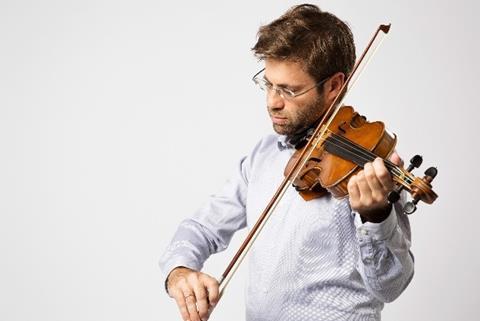

*Push down the stick as if “biting† into the string, and when you release, allow the bow to move up for an instant. Repeat.
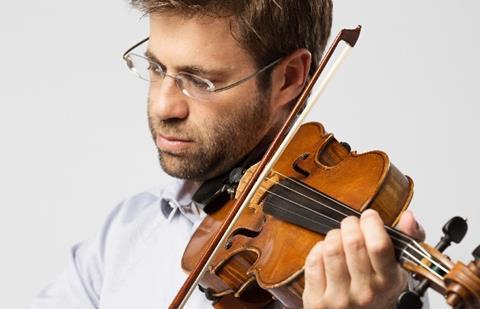
*For up-bow staccato, it can help to have the elbow a little higher and the forearm pronated to the inside.
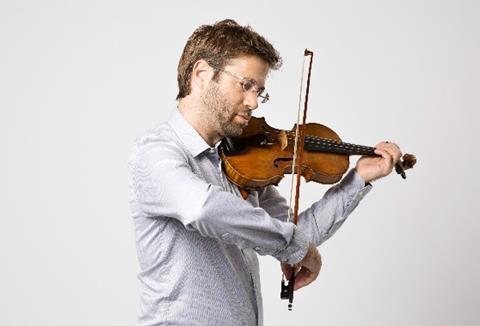
*For down-bow staccato, place the elbow a little bit lower and the forearm pronated clockwise.
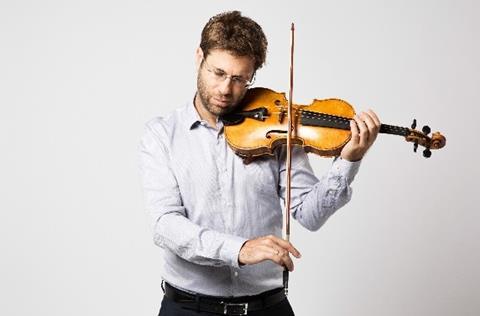
*For up-bow staccato, move the bow diagonally to the bridge with the tip of the bow pointing away from your head.
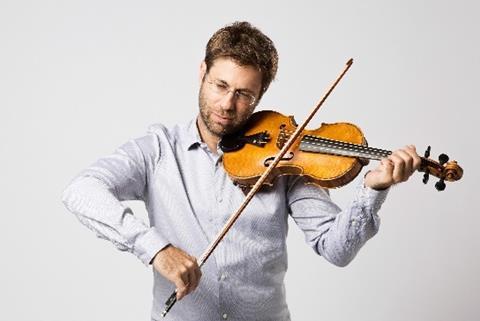
*The opposite can help with the down-bow staccato. When you are playing staccato in context, you might need an instant to “switch gears,† getting your arm into the position that helps you (lifting the elbow, pronating the forearm, and/or changing the angle to the bridge).
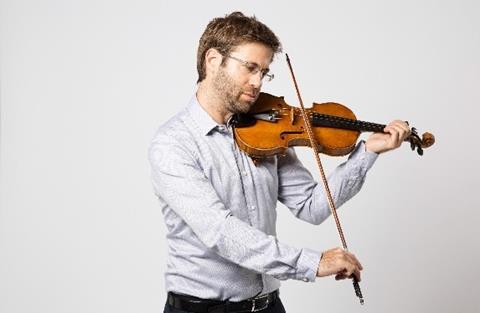
*For up-bow staccato, experiment with using the outer part of the bow hair.

*For down-bow staccato, experiment with using the inner part of the bow hair.
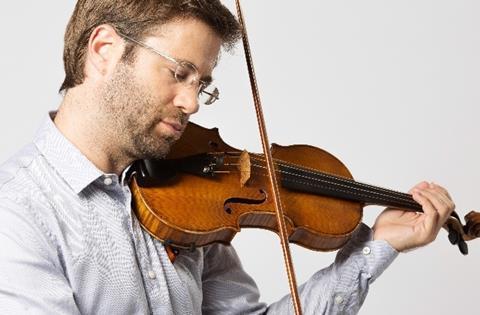
*Without the bow, pivot your hand (and your forearm) quickly back and forth, feeling the weight shift between your pinky and your thumb (with the middle finger acting as the axel). Then reduce the motion, thinking of the axel being on the thumb and feeling the weight only in the pinky.


Try combining that motion with the horizontal motion of the forearm.

*Join you index with your thumb and imagine that you are sewing (the fingers do a kind of circle, going diagonally down and up). You will realize that you will be combining the motions of the last exercise, pronating your forearm and moving it horizontally at the same time. You could also think of drawing waves with your palm extended.

For down-bow staccato, think of holding the needle and sewing in the opposite direction. (Nobody said that's easy!) You don't need a needle for this…simply imagine the motion.

*Practice staccato, accenting groups of 2, 3, 4, 5, 7 or 8 notes. Also invent rhythms and practice them at different speeds. Use the metronome to increase your speed.
*All of these 'instructions' eventually can be reduced to a minimum, considering them almost as more of a kinesthetic feeling than an actual 'to do' steps.
*Compensate toward the ends of the bow to counteract any unwanted crescendo (up bow staccato) or diminuendo (down-bow staccato) caused involuntarily by the weight of the bow.
*Experiment and always listen to what the bow is telling you. Each bow feels different and we have to learn from it how it sounds and reacts best. Don’t forget that these are only a few ideas to experiment with and to help you acquire the kinesthetic feeling to eventually master up-bow and down-bow staccato. After a period of time, once the motion is started, it feels like it goes on by itself, rather than you voluntarily doing every single motion. You will be only supervising the rhythm, speed and maybe thinking: 'Wow.... look at that!'
Watch Tomas Cotik performing Dinicu's Hora Staccato below:
Watch Tomas Cotick performing Saint Saens' Introduction and Rondo Capriccioso:
Dr Tomas Cotik has performed hundreds of recitals and chamber music concerts across the globe and is currently involved in more than fourteen CD recordings for Naxos and Centaur Records. He has taught at West Texas A&M University, Florida International University, and at the University of Miami’s Frost School of Music. He was appointed Assistant Professor of Violin at Portland State University in 2016.
Watch: Itzhak Perlman on mastering up-bow staccato
Watch: Violinist Ray Chen gives up-bow staccato masterclass
Photo Credit: So-Min Kang
































No comments yet